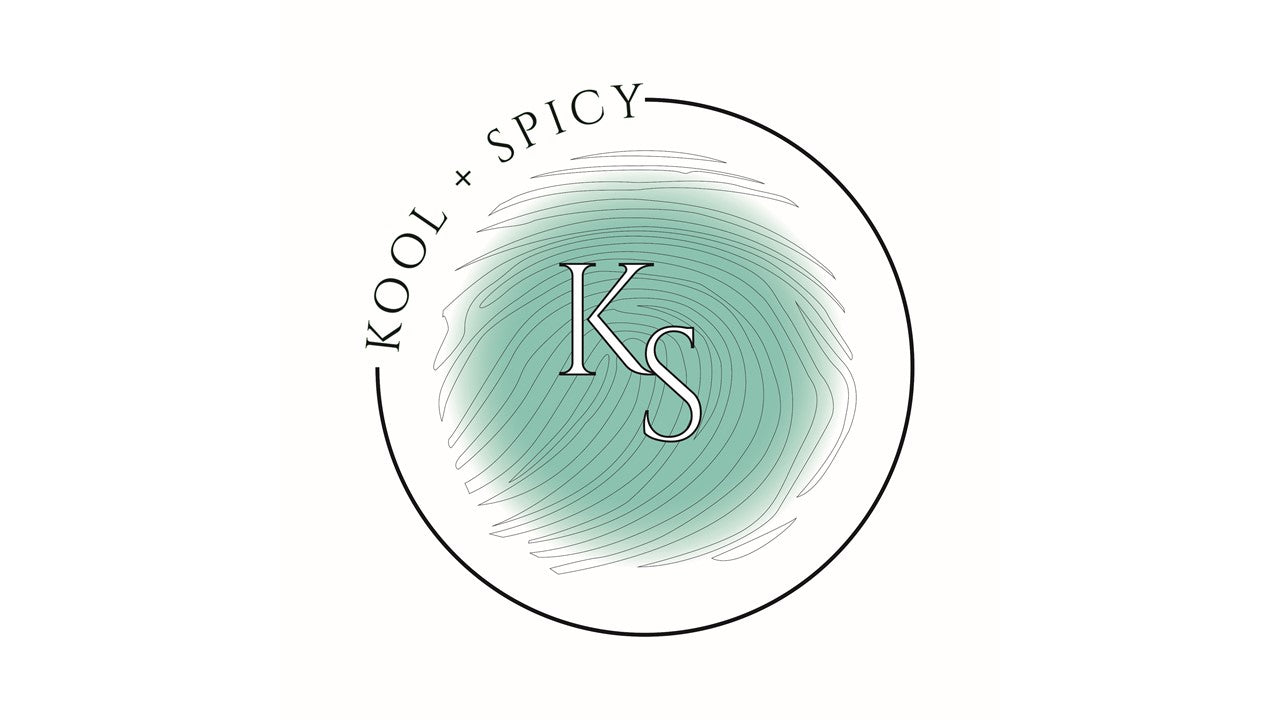Baoulé cloth
This traditional fabric belonging to the craft and cultural heritage of Côte d’Ivoire is made by a part of the Akan people of Côte d’Ivoire, the Baoulé. The weaving technique of Baoulé cloth is an ancestral textile art inherited from the Ashanti kingdom, currently Ghana. The Baoulé have preserved this technique and perpetuated this knowledge to this day. The weavers are located in the villages around the city of Yamoussoukro such as Bomizambo and Siakare.

The artisans are exclusively men because in the Baoulé ethnic group, the Art of weaving is generally reserved for men. Transmitted from father to son or through an apprenticeship, it generally takes 5 to 7 years to master this ancestral textile technique and 7 to 14 days to produce a piece of Baoulé cloth of less than 2 metres.

The Baoulé cloth is a fabric made up of several strips of fabric interwoven with cotton, silk or raffia threads dyed in several colours. The making of the Baoulé cloth has several steps, first the dyeing of the cotton, silk and raffia threads with natural dyes such as Indigo, then the weaving of the threads into several strips of about 11 cm and finally the weavers sew several strips together to create different sizes of Baoulé cloth.

Before this fabric was standardised, it was reserved for Akan kings and chiefs. Today everyone wears this cloth on all occasions, especially during traditional ceremonies such as traditional festivals, customary weddings, but it has preserved its prestige, as it is still synonymous with nobility and greatness.
